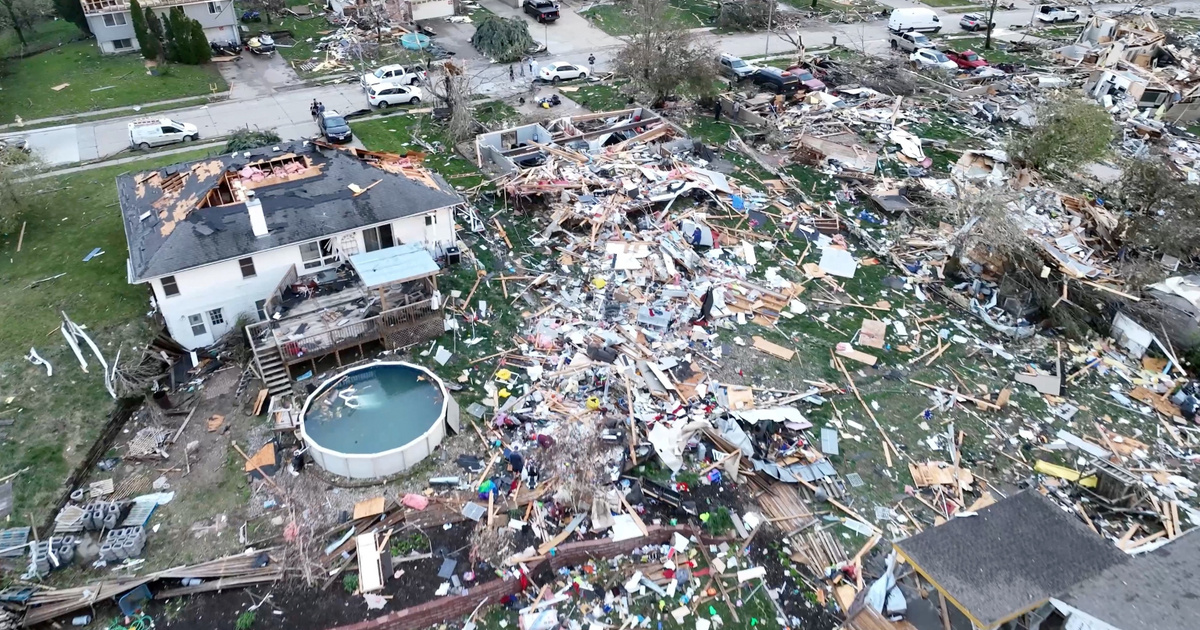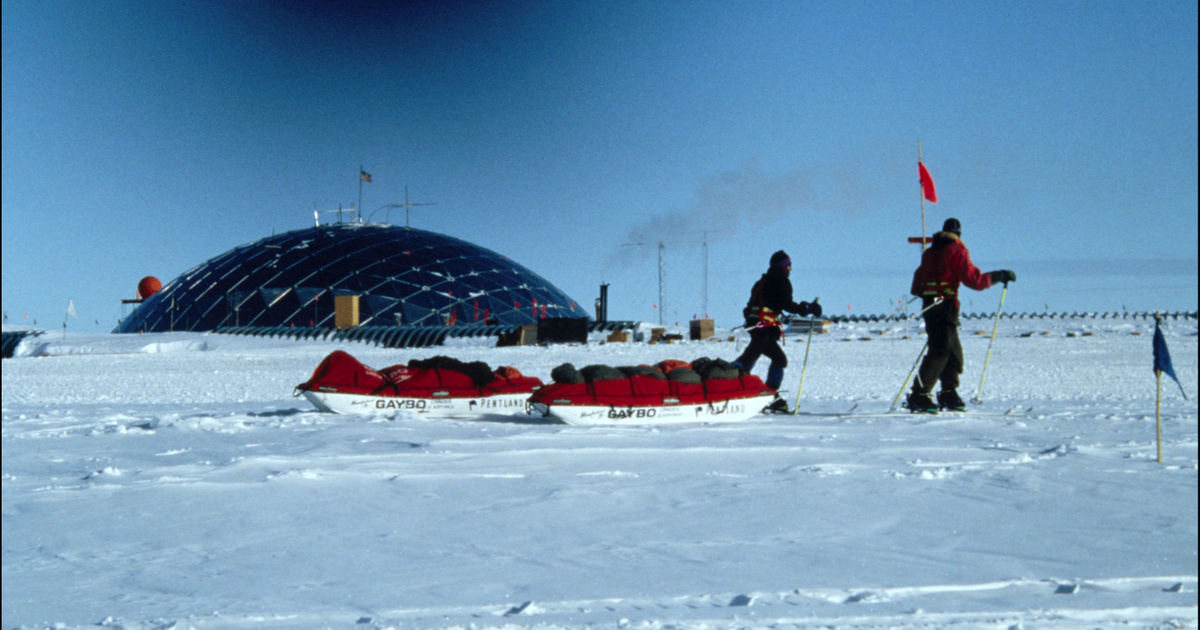A strange environment unknown to science so far, consisting of a lake system surrounded by a huge salt flat. In Argentina, the Puna de Acacama region is located on the high desert plateau, at an altitude of more than 3,657.6 meters above sea level. The researchers, Brian Hynek, a geologist at the University of Colorado Boulder, and Maria Farias, a microbiologist, presented their discovery at the American Geophysical Union meeting in San Francisco. December 11 – Writing on the University of Colorado Boulder website.
It is one of the driest environments on Earth. It rarely, if ever, rains, the sun is constant, and it is an environment in which few plants or animals live. But according to a new study, the lakes are home to stromatolites, complex microbial communities that form giant rock piles as they grow, a bit like coral, which builds reefs millimeter by millimeter.
Hynek’s initial observations suggest that these communities may be similar to craters that existed in the early Archaic period of Earth’s history, when oxygen was almost non-existent in the atmosphere. Professor Hynek says the lake may be one of the best examples of the first signs of life on Earth, and that it is unlike anything he has ever seen, or anything any scientist has ever seen. Hynek has already traveled to some of the most extreme environments on Earth to learn how life can thrive on alien planets and moons. He climbed to the top of the world’s highest active volcano, Ojos del Saladora on the border of Argentina and Chile, and traveled to Antarctica to search for falling meteorites.
In 2022, Farias took him to one of his study sites in northwestern Argentina. To get there, they drove for about 9 hours on a dusty road. They stayed in a village inhabited by about 35 people, where people get water from a spring. On his last night in the village, Hynek examined satellite images of the surrounding desert and saw something strange: what looked like a network of lakes dozens of kilometers away. Hynek and Farias drove as far as they could, and when they got there, Hynek knew they had found something special. The network of lakes measuring over approximately 25 hectares is surrounded by barren mountains in the distance. Beneath its clear waters are green stromatolite hills some 4,572 meters wide and several meters high, but these stromatolites are unlike anything you’ve seen before.
Stromatolites generally refer to a group of microbial communities associated with rock layers. They are found on Earth today, for example off the coast of the Bahamas, but modern craters are usually relatively small. They grow passively by trapping grains of sand and other debris floating in the ocean. However, ancient stromatolites reached a height of 6096 metres. They pulled calcium and carbon dioxide from the water around them, and minerals deposited around them. The Atacama Agunas look more like ancient societies than anything else living on Earth today. Its rock layers consist mainly of gypsum, which is common in many phomatolite fossils but absent from almost all modern phomatolite specimens. Biologically, it consisted of an outer layer of cyanobacteria and a pink core of archaea. (Cyanobacteria are photosynthetic microbes, and archaea are single-celled organisms common in extreme terrestrial environments.)
Researchers believe that these mounds are built of microbes, as are the oldest ones. It is not known why they were created in this harsh environment. The lake’s environment may resemble conditions on ancient Earth – the water is salty, acidic, and exposed to intense levels of solar radiation due to the high altitude.

Hynek says the societies offer an unprecedented glimpse into how life evolved on Mars, which is similar to Earth trillions of years ago. If life had evolved to the fossil level on Mars, it would have been this way. Learning about these modern communities on Earth can tell us what to look for when searching for similar features in Martian rocks. Hynek and Farias hope to conduct further experiments that will confirm that these new stromatolites are indeed building their rock formations — and that they will discover that microbes live in this extreme environment. But a company outside Argentina has already leased the area for lithium extraction. Once drilling begins, the Atacama Lakes could be irreversibly transformed. The entire unique ecosystem could disappear. Researchers hope they can protect some of these creatures, or at least part of them, before they disappear forever or are disturbed.
(Source: University of Colorado Boulder: https://www.colorado.edu/)









































